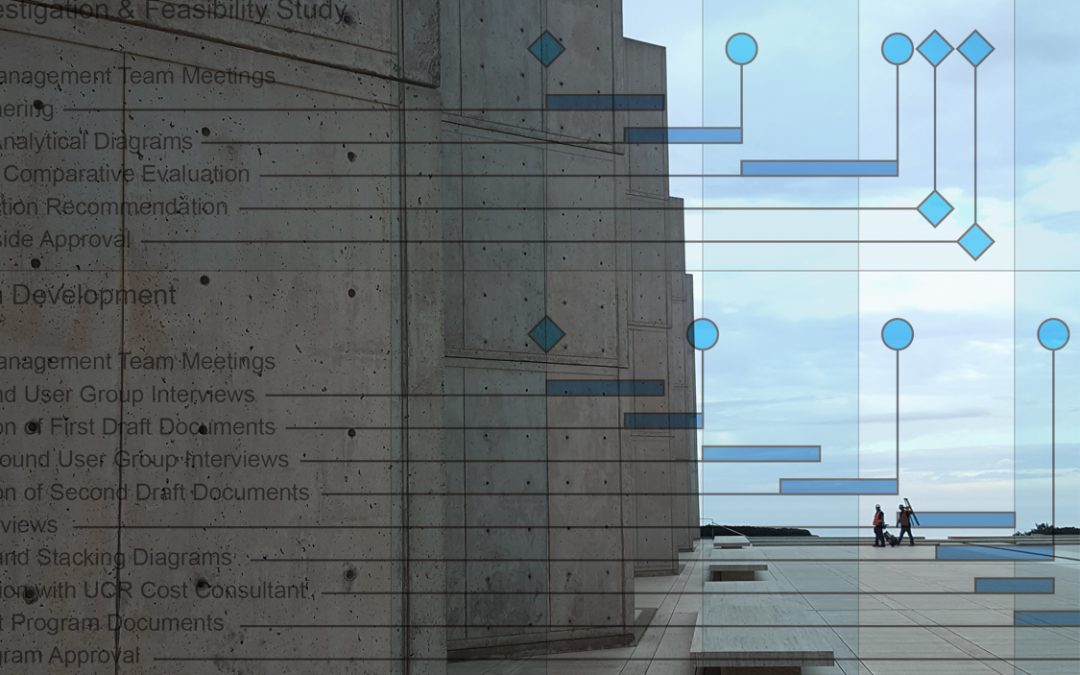Pablo Picasso is credited with the quote “Art is the lie that tells the truth”. This has its corollary in architecture: there is a difference between expression (the “lie”) and function (the “truth”). Architecture is the expression of the thing, not the thing itself. Even the famous credo, “Form Follows Function” was really only a call to arms to make function the expression.
And of course, it was up to the architect to decide which function they were really wanting to express with the form. The expression is what allows architecture to be part of and facilitate a conversation about our values as a society. It is architecture’s most important role.
Function, of course, is thought of as very practical, necessary and is performance-based. As such, it can be evaluated (i.e., can you do the things you are supposed to do within the building in an efficient manner?). The construction itself can also be evaluated from a performance point of view (i.e., were the choices of systems and materials appropriate, given the function and circumstances? Is the building made well: will it endure for a reasonable period of time without heroic measures to keep it running?).
Architecture is not just the result of one of these, or only these. The expression of the project’s purpose, above and beyond the function and construction of the building, subsumes these aspects under it’s mantle and is the thing that matters most. Architecture is not only a set of spaces that allow functions to occur. It is also not just construction (an essential component of the medium in which we work, to be sure, but not necessarily the one in the driver’s seat). The architecture (expression) can be about construction or function, or not at all, and still go together well and perform just fine.
Performance and expression can be evaluated separately and both evaluations have their importance in selecting an architect for a project. For a building to be a success, it really needs to score well in both these categories. The challenge is that between the two, it is much easier to evaluate performance than it is to evaluate expression. Performance is easy to quantify; expression is not. Expression is essentially qualitative and most people charged with selecting an architect for a commission have little or no training in what makes a building a qualitative success. It is far easier to defend a selection of an architect on quantitative criteria (six previous projects is better than four!). And the truth is that criteria evaluating an architect’s performance related to budget and schedule are given more weight than even construction and function, which actually have to do with the practical performance of the building. Buildings are almost never reviewed after the fact to see if their design helped or hindered the functions they house and if they have held up under daily use. Under current selection processes for public buildings, I wonder if Louis Kahn would have even made the short list for what became masterpieces.
The rub here is that what makes a building a work of architecture, are its qualitative attributes. How well does it express the intentions and purpose of the building? How well are the values of the client and their motivations for building it in the first place expressed? Does the building uplift the spirits of those who inhabit it? Does it enhance its surroundings? When these qualities are successfully manifest in the completed building, then it becomes both a participant and a facilitator of the conversation about what is important to us as a community. These are the things that add to the cultural richness of the society, and provide our society another way to evaluate and improve upon itself.
I suggest that the work of architects be judged more heavily on these qualities. That means that the selection process include representatives of client leadership, not just construction management, so that higher goals and purposes of the project can be discussed from the outset. This would support the selection of an architect with whom the fit between the building’s eventual expression and those goals is more likely. Also, that the numbers game be greatly minimized: six mediocre buildings shouldn’t count for more than three brilliant ones. That means that selection teams need to include individuals with experience and ability at judging brilliance. That could be through the inclusion of senior faculty from architectural schools or experienced critics from the larger community. I am not arguing against meeting budgets and schedules with excellent documents. You cannot achieve even your basic goals without them. I am advocating that the quality of the architectural expression be more seriously considered when choosing an architect.


Well put Peter. Well put. I should probably have tons to say about this but I’ll leave it at “well put”. A next topic might tackle residential square footage and Quality Vs Quantity. Unfortunately the latter is kicking the former’s ass (almost) everywhere I go.
Thank you for such an interesting piece that is extremely well written. I am not a member of your profession, but like multi-millions of others, I greatly admire the artistic beauty, usefulness and safeguarding of your profession’s creations. I am very proud of the successful progress of my daughter-in-law and my granddaughter (not of the same family) as fine architects.
Hi Ed, So nice to hear from you. I think this piece applies to many creative professions. –Lynda
Thanks for the article!